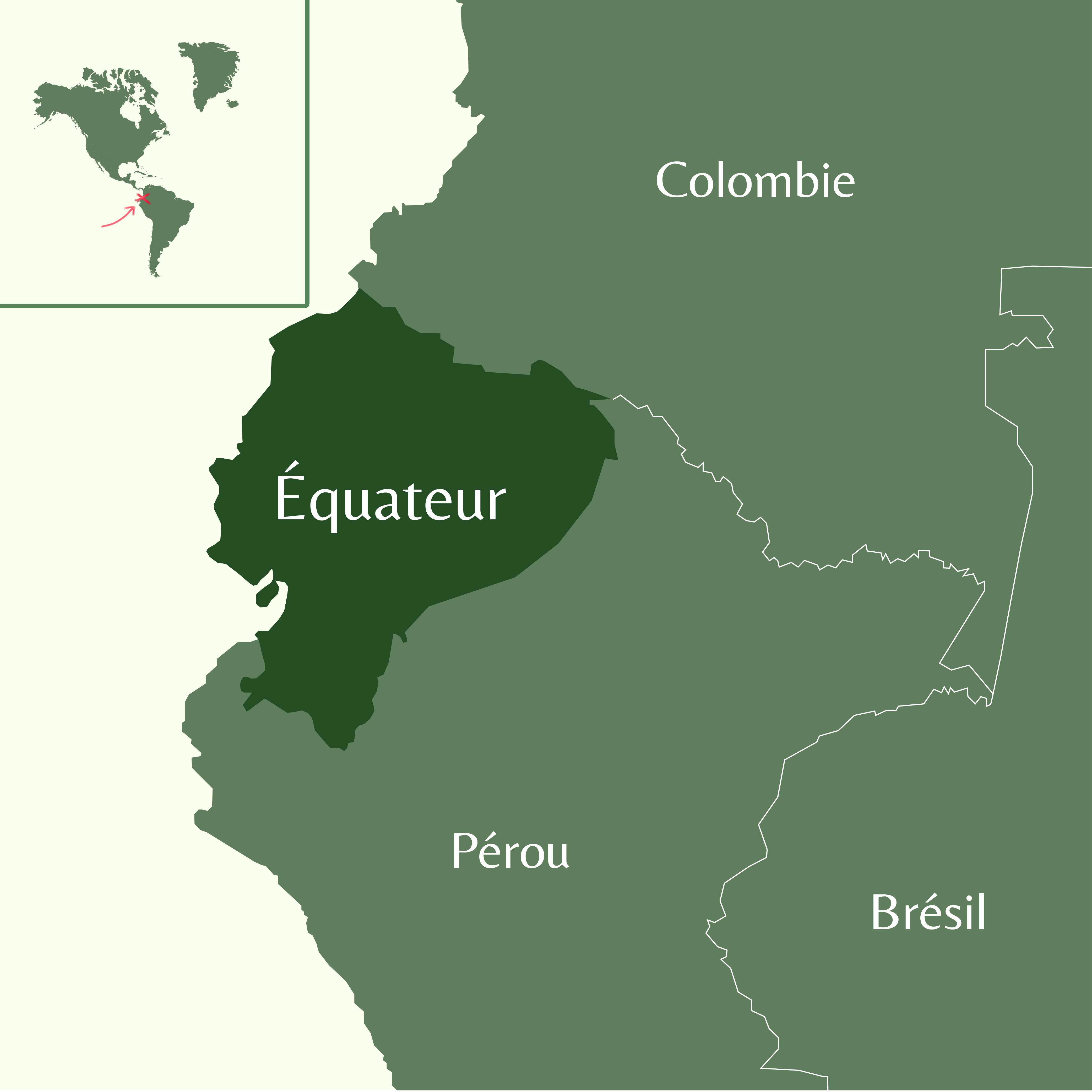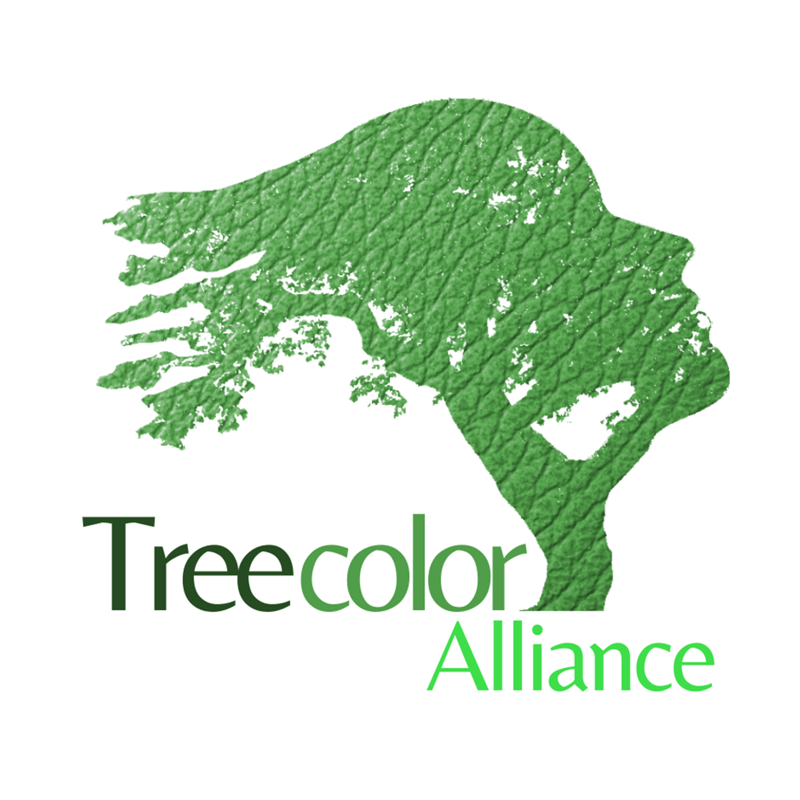The Amazon, a threatened sanctuary of biodiversity
Ecuador has an exceptional natural heritage and ranks among the top ten most biodiverse countries in the world. This is principally thanks to the Napo region, which is covered by the Amazon rainforest and abounds in unique and immensely diverse flora and fauna. It serves as a sanctuary for highly endangered species such as the Amazonian manatee and the black-headed spider monkey.
Unfortunately, a boom in the establishment of polluting illegal mining concessions is undermining its natural treasures and threatening the health of the region’s indigenous peoples. In 2019, there were 146 known illegal gold mines in the region.
In addition to the resulting deforestation, the rivers show concentrations of toxic metals (lead and aluminium) up to 500% higher than the permitted limits. This pollution has a substantial and lasting impact on the communities that live off the water and the fish they catch from the surrounding rivers. In some cantons, such as Carlos Julio Arosemena Tola, there is currently no fresh drinking water available…

A territory to protect immediately
Treecolor Alliance has joined the struggle of the Kichwa youth of the Hakhu Foundation and the Federation of Indigenous People of Napo.
The Kichwa have always had a harmonious relationship with nature and have never stopped fighting for its preservation, despite the dangers and threats against them and the women have organised themselves into enforcement patrols that roam the forest.
On some sites, a process of soil recovery and decontamination has also been initiated to allow reforestation.
It is therefore urgent to help them protect natural resources and restore lost forests!
A vital project for future generations
The indigenous people who live in the Amazon rainforest depend entirely on nature for their survival. It is therefore essential to restore their living space and revitalise their economy.
This project, carried out by the people themselves, aims to reforest the most degraded areas by implementing sustainable reforestation and agroforestry models. This first phase of action will directly create new sources of income (agriculture, crafts, medicine, tourism).
Long term objectives
This project will generate strong social and environmental impacts.
It is being implemented in several key phases :
- Carrying out reforestation campaigns in the affected areas using ancestral knowledge and indigenous species with an ability to grow on polluted soils.
- Monitoring the development of existing mines and new extraction sites
- Development of income sources from crafts, traditional medicine, agroforestry and tourism

